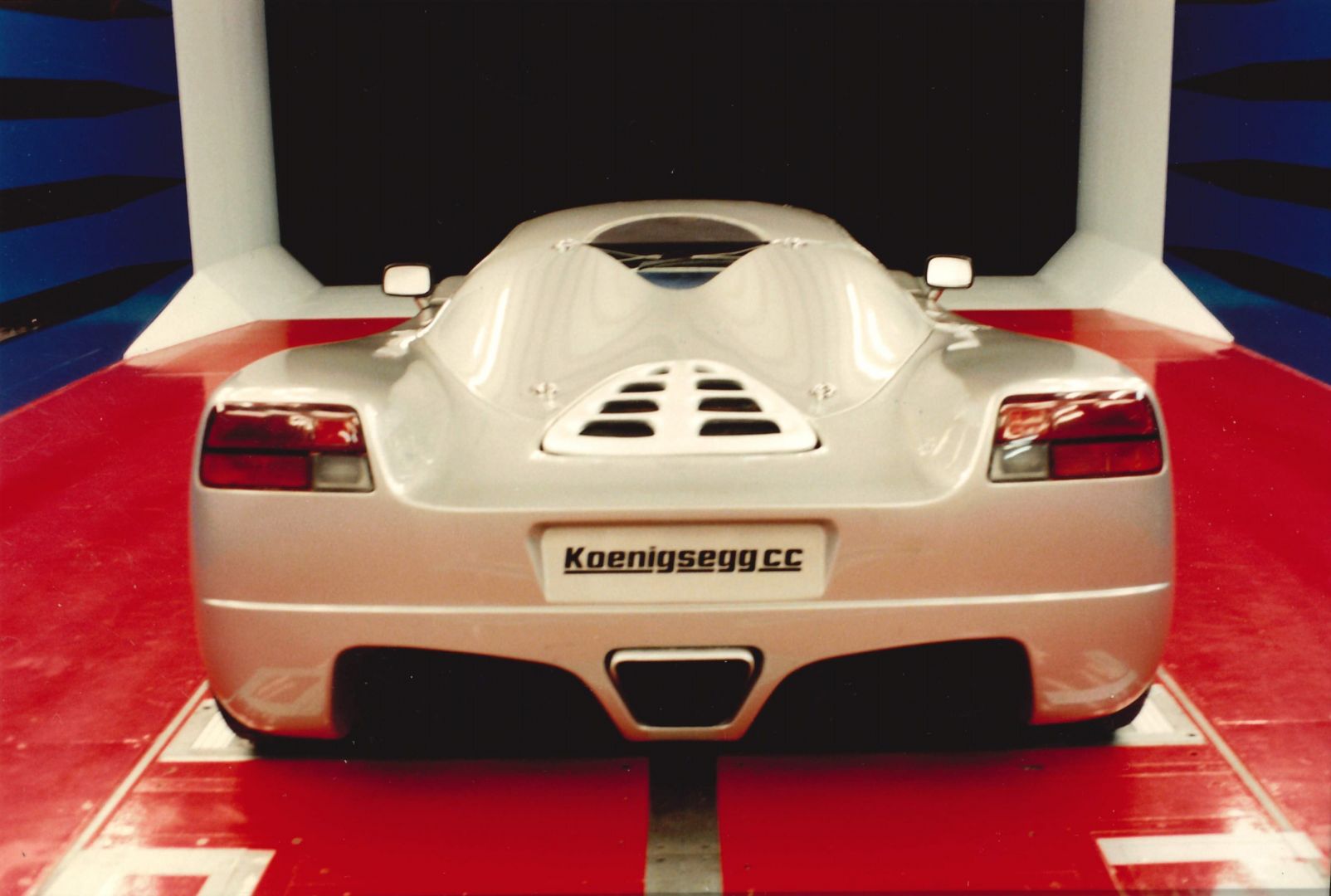Unless you're living somewhere fancy, there isn't a Lotus Evora, a legend amongst the nimble, in your neighborhood. You'd know if there was. But there is a Toyota Camry. Probably three. Maybe four. The choice of the pragmatic, those that see a car as an appliance. Or your uncle that is smug about reliability, preaching as he stares down his nose at your driveway full of bad decisions. If you pop the hood on one from the early 2000s, there you'll find something shockingly similar bolted into the firewall of that exotic mid-engine Lotus. Brake master, same supplier. (The Evora even runs a Toyota V6—the 2GR-FE from the same generation Camry.) A Lotus, known for its handling prowess and ability to stop on a dime, has a Toyota brake master cylinder. You are staring at a shared component between a grocery getter and something with real carbon in the brochure. Because while some parts live quiet, forgettable lives, others sneak into places you’d never expect, poster cars, halo cars, sacred cars. And they don’t care what badge they wear. They just work. That's the parts bin for you.


Gordon Murray designed what many still consider the most complete supercar ever built, a three seat, gold lined, naturally aspirated V12 masterpiece. The McLaren F1. It's easy to point at the NSX mirrors. Thats supercar family. But open the door, and the latch in your hand came straight from a 1990s Ford Fiesta. It's an actual Ford piece, lifted from a car built to get groceries and move your one bedroom apartment to your new two bedroom flat. Murray didn’t waste time or money redesigning something that already worked. He focused the budget where it mattered: carbon, titanium, magnesium. The Fiesta door handle was already perfect. Why mess with it?

A Lamborghini Diablo? It wears door handles straight off the Porsche 924. Not that anyone notices. The doors go up, the crowd gasps, and the unloved entry level Porsche that sells for $5.23 on Facebook Marketplace lives on in one of the most dramatic shapes ever designed. Bugatti, of all brands, quietly borrowed air vents from a VW Passat for the EB110. Just as perfect for TDI fumes as they are the air of high society. There’s no shame in it, only efficiency. Same goes for Koenigsegg. One of their earliest prototypes wore Daihatsu Applause rear tail lights. Just because it was the right shape, the right plug, and close enough to perfect. You do what you gotta do.



The most promiscuous part in the entire parts bin might be the side mirror from the Citroën CX. Originally stuck to the flanks of a French executive car best known for its suspension and odd proportions, that mirror went on to serve time on the Jaguar XJ220, the Aston Martin DB7, the Lotus Esprit, and multiple generations of TVR. It was aerodynamic, already certified, and somehow worked with nearly every wedge-shaped design to come out of the 80s and 90s. Jaguar mounted it asymmetrically. Aston dressed it up. TVR just left it alone. It didn’t matter. It got around. And no one ever noticed.

What gets forgotten is that every car, no matter how holy the badge, is made of commodity. What’s sacred to the owner is often borrowed from somewhere else. And what was once bespoke eventually becomes available by the pallet, ready to be zip tied to something wildly beneath (or above) its original station.
That’s the thing. These parts don’t go away. They survive. They get repurposed. They get saved, salvaged, and reapplied. They glow red on the back of city buses. They switch on fans in campers. They hang crooked on fiberglass bodies made by guys with nothing but a Sawzall and a dream. They outlive the platform. Outlast the designer. And they don’t care what emblem they’re under anymore.
There’s a purity to that. A kind of democracy. No concours judge can argue with a working tail light. No provenance needed if the turn signal still clicks.
So maybe that Fiesta will keep clacking its way through suburban parking lots. Or maybe it’ll finally lose its timing belt and wind up crushed into a cube. But one of its door handles will survive, bolted to the side of a McLaren, still opening the most important driver’s door of the modern era. And maybe that Camry rack will still be clamped to the firewall of a Lotus, stopping it better than anyone expected. That’s the secret. Parts don’t have supercar ego. They just work, wherever they end up.




















































